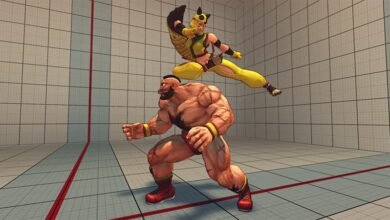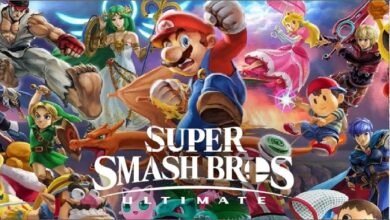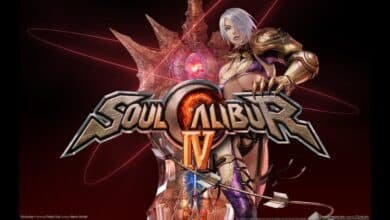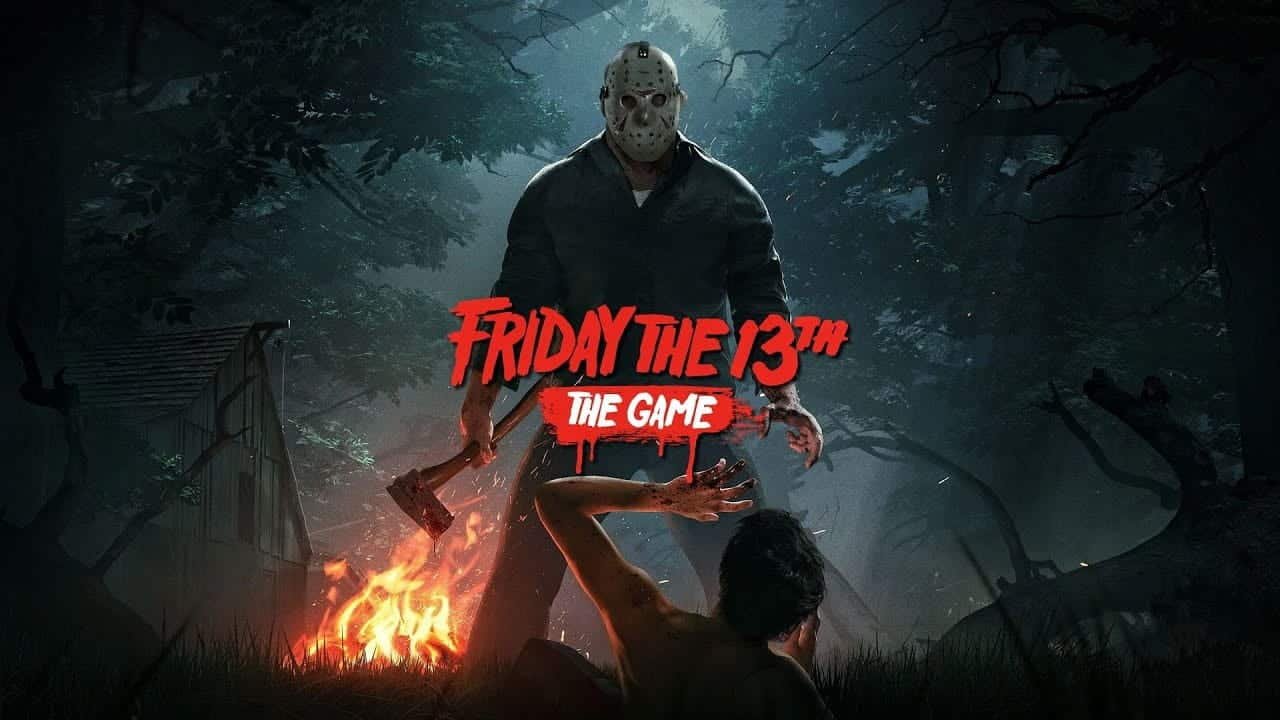
Friday the 13th Game: Survive Jason in Camp Crystal Lake
The Friday the 13th game is frequently mentioned when horror lovers refer to interactive fright. This game, which was once again the terrible killer from one of the most frightening characters of the movies, Jason Voorhees, suddenly met the players, just like in the original slasher film series. But it was not just another scary game. Playing characters, they could either manage to get out of the game or kill the rest themselves.
This one was a departure from the standard action or horror games and chose to focus on the realism, tension, and mood instead. The game’s central concept was straightforward but very successful: one player is the killer and the others are left with no other option but to survive. The elements of panic, teamwork, strategy, and terror were added to that arrangement of roles. No sudden loud noises during the game were involved. The frights were felt through the players’ minds only.
A New Kind of Multiplayer Horror
The game’s structure followed an asymmetrical multiplayer horror format. One person took the role of Jason Voorhees, armed with unique powers and the ability to track victims. The other players became teenage counselors trying to escape from Camp Crystal Lake.
The gameplay required real thought and quick decisions. Counselors could escape by fixing a broken car, calling the police, or hiding and surviving until the clock ran out. But that was easier said than done. Jason’s presence was always looming, and players had to work together to increase their chances of survival.
This wasn’t just a fight for survival. It was a puzzle, a race and a test of courage.
-
Jason Voorhees: Playing the Monster
Taking control of Jason Voorhees was a completely different experience. As Jason, your goal was to hunt down every counselor before they could escape. You had tools other players didn’t, such as sensing movement or teleporting across the map. Each version of Jason, drawn from different films in the series, came with its strengths and weaknesses.
What made playing as Jason so satisfying was the power fantasy. You weren’t just a villain. You were a force of nature. But it wasn’t mindless. Strategy played a significant role. Knowing when to trap an escape route, when to use your abilities, or when to stalk your prey quietly added a depth to the role that few horror games had ever delivered.
-
The Map: Camp Crystal Lake and Beyond
Horror fans rejoice! The developers have just brought the classic slasher tale to life for gamers everywhere. The Friday the 13th game took the terrifying premises of Camp Crystal Lake and digitally painted a bountiful environment of cabins, cars, weapons and an infinite number of places to hide. It was highly detailed, more or less like in the movies. Thus, players could delve into a recognizable yet perilous world.
Every match felt different. Sometimes you’d be lucky enough to find a weapon early. Other times, you’d be running through the woods with no flashlight, allies, or plan. The map designs encouraged exploration but punished players who wandered too far from safety.
Lighting played a major role. The game made excellent use of darkness to create fear. Even experienced players would hesitate to walk into an unlit cabin, knowing Jason could be nearby.
-
Sound Design: The Unsung Hero
The game’s sound was one of its strongest assets. From the subtle footsteps of other players to the terrifying music played when Jason was close, audio cues became essential to survival. Players learned to recognize every sound, whether a creaking door, a rustling bush, or the music hinting at danger.
Silence could be even more terrifying. Sometimes, silence was complete, and the quiet was more terrible than any loud scare. No matter whether you were under a bed or running out, seeing was not enough; you also needed your hearing.
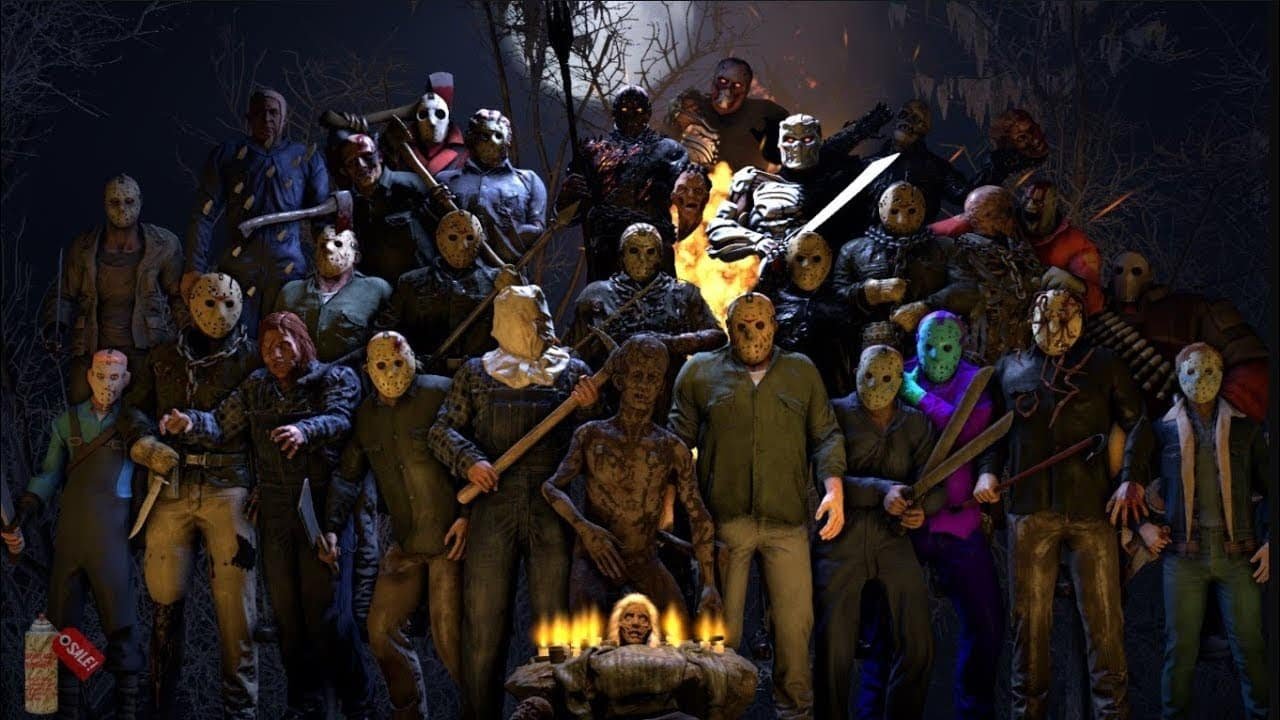
Player Strategies and Social Dynamics
How much it relied on social interaction set the Friday the 13th game apart from others. Players had to communicate, coordinate, and sometimes deceive. A microphone could be a tool or a trap. Talking too loudly might give your location away. Whispering over the radio might warn your team of incoming danger.
Friendships were tested in every match. Would someone come back to save or leave you behind to survive? Would a teammate help fix the car, or secretly plan their escape? These small decisions added emotional weight and replay value to every match.
Strengths That Made the Game Memorable
The Friday the 13th game was not without its problems, but it had some strong points that the creators of the horror genre remembered with admiration. The very detailed and true-to-the-original movie world revived the memories of the old-time fans, and at the same time, it allowed a new audience to experience the excitement of survival.
The game’s originality stood out in a market full of copy-paste shooters and simple horror titles. It invited players to think, plan, and adapt in every session. No two matches ever played out the same way.
The balance between chaos and control was perfect. You never felt secure, not even with a gun or an exit way. That doubt was what made it an experience that was both exciting and scary at the same time.
Legal Issues and the Game’s Decline
Unfortunately, the future of the Friday the 13th game was cut short. Legal disputes surrounding franchise rights have stopped further development. This meant no new content or features, and eventually, the game was pulled from digital stores.
Eventually, the game servers were deactivated, and the number of players withdrew. The developers have morphed an entire horror series that could have had a long lifespan into an almost forgotten world.
Despite this, the community of followers kept up their support for the game. The heart and mind of the game were kept beating by private servers, community events, and fan-created content. Even now, some players meet to experience horror, strategy and the insane fun of escaping Jason Voorhees again.
A Lasting Impact on Horror Games
The Friday the 13th game set the standard for what asymmetrical horror games could become. The game scared players without scary events or monsters from the computer. The most frightening thing in the game was sometimes another player taking the role of a ruthless killer.
Later, lots of games imitated it, maybe only few of them managed to catch the original spirit of the game. Some of them looked more polished, and some of them even had bigger budgets, but they still lacked to the point of raw, unpredicted energy that made that game special.
The game wasn’t ideal, and the developers made some errors. But using actual terror with clever conceptualization was the essence of the game, and it was not easy to erase it from your mind. After so many years, its influence on the horror genre is still palpable.
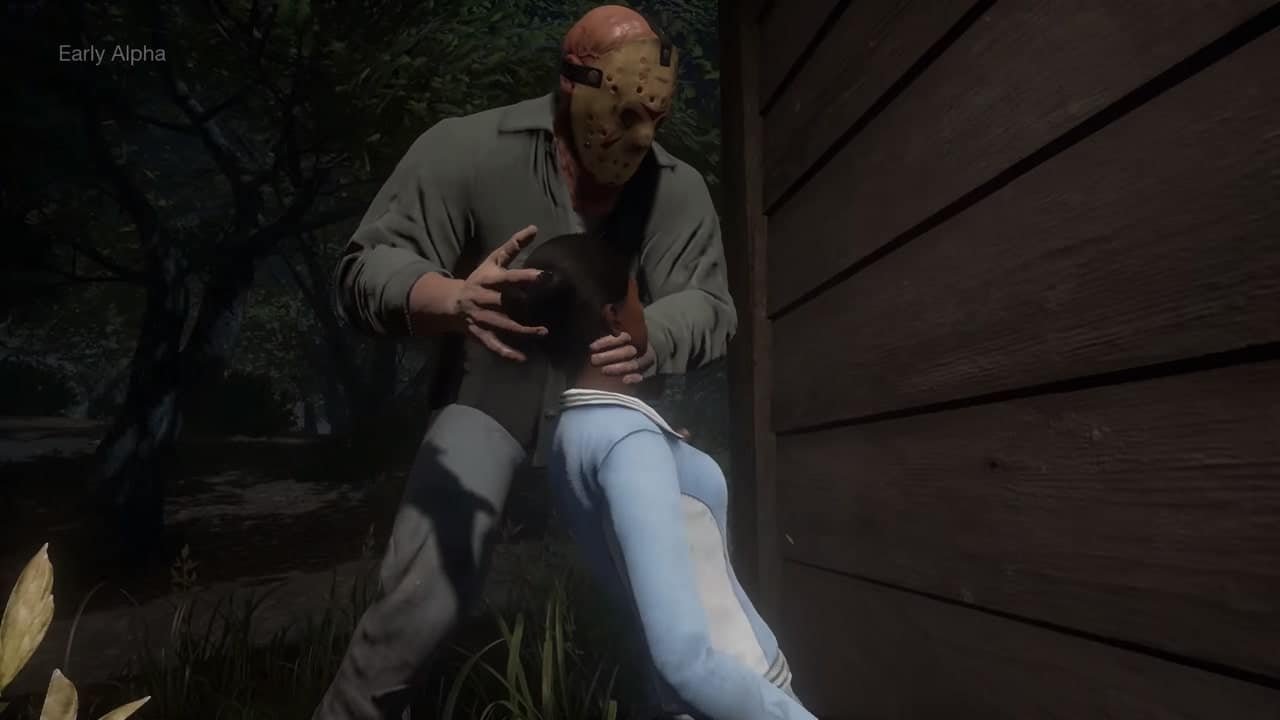
Final Words
The Friday the 13th game delivered something few titles ever manage: genuine fear, shaped by human decisions. Whether you were hunting or hiding, every match brought a new story, a new challenge, and a new memory.
Even if the original servers are no longer there, their memory still lives on in all those scary games in the genre, which allow the players to be both the victims and the ones who have to ensure survival. Jason Voorhees has remained silent for a while; nevertheless, his dark figure still sticks around the horror gaming universe.

